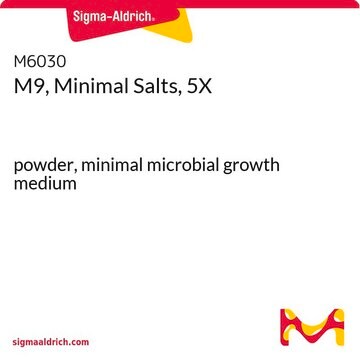439800
Cadmium chloride
anhydrous, beads, −10 mesh, 99.999% trace metals basis
Synonym(s):
Cadmium dichloride, Dichlorocadmium
About This Item
Recommended Products
grade
anhydrous
Quality Level
vapor density
6.3 (vs air)
vapor pressure
10 mmHg ( 656 °C)
Assay
99.999% trace metals basis
form
beads
reaction suitability
reagent type: catalyst
core: cadmium
particle size
−10 mesh
mp
568 °C (lit.)
solubility
H2O: soluble 457 g/L at 20 °C (OECD Test Guideline 105)
SMILES string
Cl[Cd]Cl
InChI
1S/Cd.2ClH/h;2*1H/q+2;;/p-2
InChI key
YKYOUMDCQGMQQO-UHFFFAOYSA-L
Looking for similar products? Visit Product Comparison Guide
Application
- synthesis of cadmium selenide which can further be used in semiconductors(1)
- synthesis of americium trichloride for potential usage in nuclear engineering(2)
- a catalyst in the preparation of 5-substituted 1H-tetrazoles which can be utilized in pharmaceuticals, medicine, and agriculture(3)
accessory
Signal Word
Danger
Hazard Statements
Precautionary Statements
Hazard Classifications
Acute Tox. 2 Inhalation - Acute Tox. 3 Oral - Aquatic Acute 1 - Aquatic Chronic 1 - Carc. 1B - Muta. 1B - Repr. 1B - STOT RE 1
Storage Class Code
6.1B - Non-combustible acute toxic Cat. 1 and 2 / very toxic hazardous materials
WGK
WGK 3
Personal Protective Equipment
Choose from one of the most recent versions:
Already Own This Product?
Find documentation for the products that you have recently purchased in the Document Library.
Customers Also Viewed
Our team of scientists has experience in all areas of research including Life Science, Material Science, Chemical Synthesis, Chromatography, Analytical and many others.
Contact Technical Service










